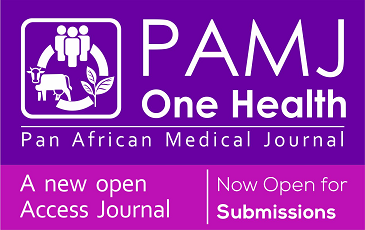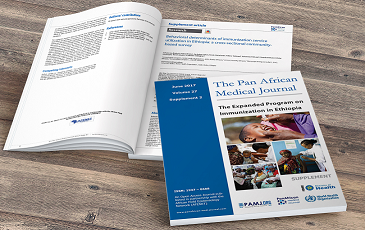Colobome palpébral supérieur
Seydou Diallo
Corresponding author: Seydou Diallo, Institut d'Ophtalmologie Tropicale d'Afrique, Bamako, Mali 
Received: 20 May 2025 - Accepted: 09 Jun 2025 - Published: 20 Jun 2025
Domain: Pediatric ophthalmology
Keywords: Colobome, paupière, enfant
Funding: Ce travail n'a bénéficié d'aucune subvention spécifique de la part d'aucun organisme de financement des secteurs public, commercial ou à but non lucratif..
©Seydou Diallo et al. PAMJ Clinical Medicine (ISSN: 2707-2797). This is an Open Access article distributed under the terms of the Creative Commons Attribution International 4.0 License (https://creativecommons.org/licenses/by/4.0/), which permits unrestricted use, distribution, and reproduction in any medium, provided the original work is properly cited.
Cite this article: Seydou Diallo et al. Colobome palpébral supérieur. PAMJ Clinical Medicine. 2025;18:6. [doi: 10.11604/pamj-cm.2025.18.6.48033]
Available online at: https://www.clinical-medicine.panafrican-med-journal.com//content/article/18/6/full
Colobome palpébral supérieur
Upper eyelid coloboma
&Auteur correspondant
Coloboma is caused by a failure of the optic fissure to close between the fifth and seventh weeks of embryonic development. Coloboma can involve the eyelid. Eyelid coloboma is a rare congenital malformation resulting in a defect of the eyelid. It may be unilateral or bilateral, however, bilateral eyelid coloboma is rare. Our first patient, a 2-month-old infant with no significant medical history, presented during ophthalmologic examination with a coloboma affecting the middle and medial third of the upper eyelid, associated with symblepharon in both eyes. Additionally, the same patient had a cleft consistent with a coloboma at the nasal lobule (A). These anomalies are classified as facial clefts 10, 11, and 14 of the Tessier classification. Our second patient, a 7-day-old newborn with no significant medical history, presented during ophthalmologic examination with a coloboma affecting the middle third of the upper eyelid, associated with corneal dystrophy in the left eye (B). These anomalies fall under facial clefts 10 and 11 of the Tessier classification. In the presence of eyelid coloboma, it is important to exclude other anomalies such as Goldenhar syndrome, Franceschetti syndrome and Trisomy 13. A medical treatment with artificial tears in eyedrop form was initiated while awaiting surgical eyelid reconstruction.
Key words: Coloboma, eyelid, child
Le colobome est dû à un défaut de fermeture de la fente colobomique aux alentours des cinquième et septième semaines de vie embryonnaire. Le colobome peut toucher différentes structures du globe oculaire. Nous pouvons retrouver des fentes siégeant dans la paupière. Le colobome palpébral est une malformation congénitale rare, entrainant un défect palpébral. Il peut être uni ou bilatéral, cependant le colobome palpébral bilatéral est rare. Notre premier patient âgé de 2 mois sans antécédents médicaux particuliers présentait à l'examen ophtalmologique un colobome du tiers moyen et médial de la paupière supérieure associé à un symblépharon au niveau des deux yeux. Par ailleurs il existait chez le même patient une fente colobomateuse au niveau du lobule du nez (A). Ces anomalies se classent dans les fentes faciales (10, 11 et 14 de Tessier). Notre deuxième patient âgé de 7 jours de vie, sans antécédents médicaux particuliers présentait à l'examen ophtalmologique un colobome du tiers moyen de la paupière supérieure associé à une dystrophie cornéenne à l'œil gauche (B). Ces anomalies se classent dans les fentes faciales (10, 11 de Tessier). Devant le colobome palpébral, il faut éliminer d'autres anomalies telles que le syndrome de Goldenhar, le syndrome de Franceschetti et la Trisomie 13. Un traitement médical à base de larme artificielle en collyre a été instauré en attendant la reconstruction palpébrale chirurgicale.
Figure 1: A) colobome du tiers moyen et médial de la paupière supérieure associé à un symblépharon au niveau des deux yeux, fente colobomateuse au niveau du lobule du nez; B) colobome du tiers moyen de la paupière supérieure associé à une dystrophie cornéenne à l'œil gauche





